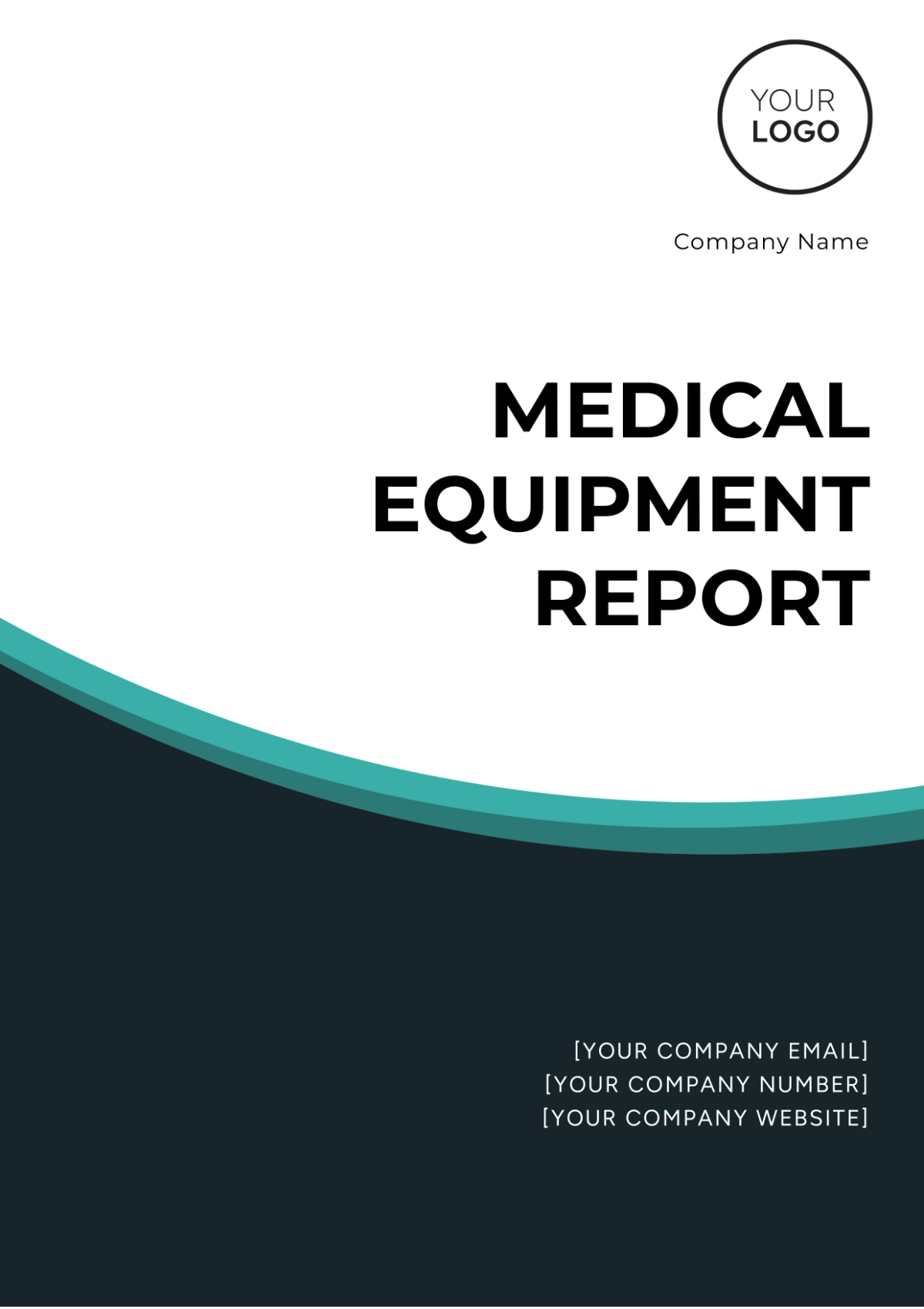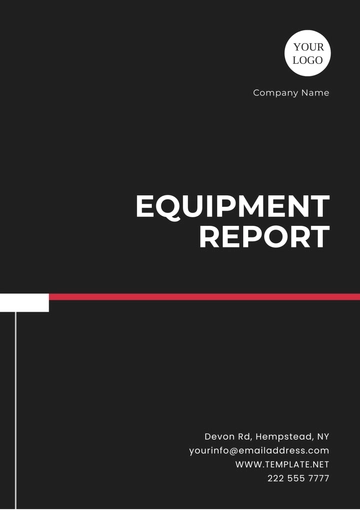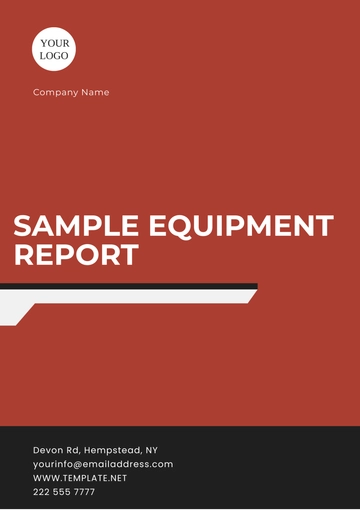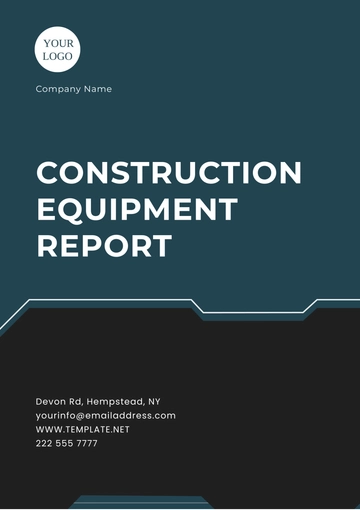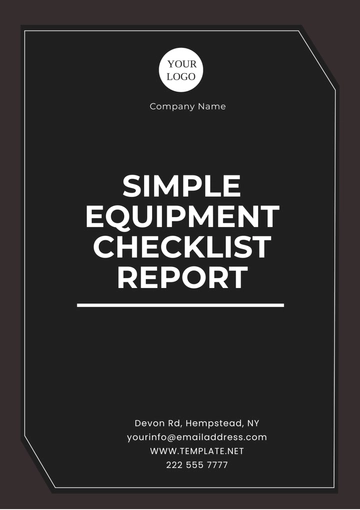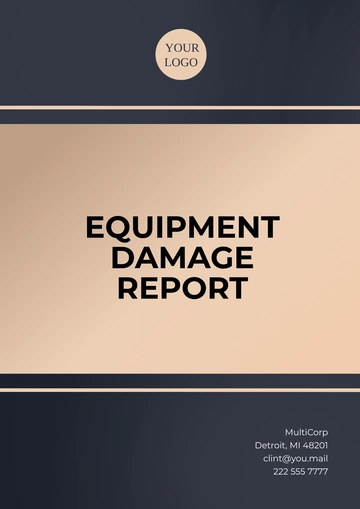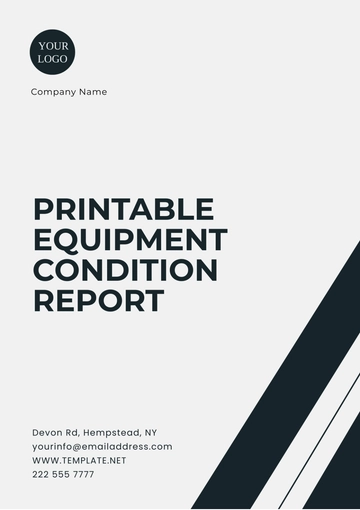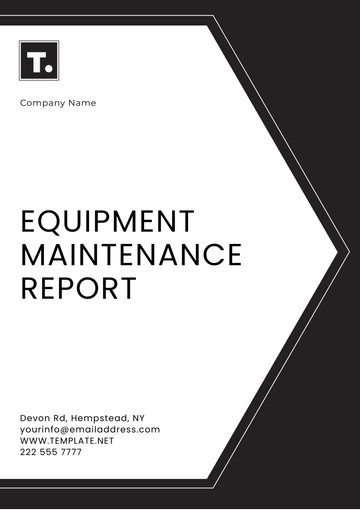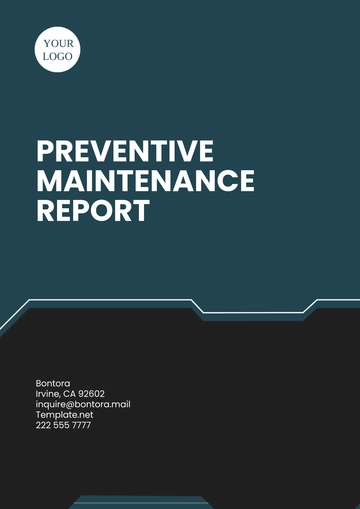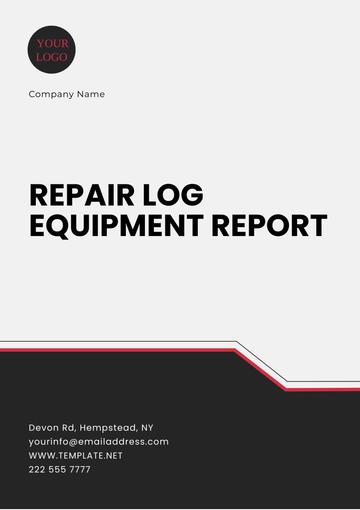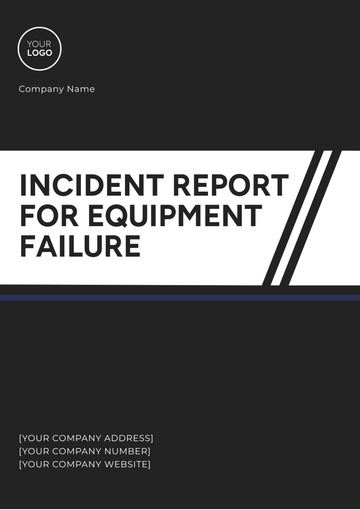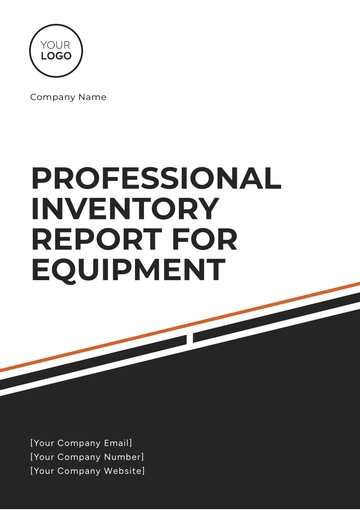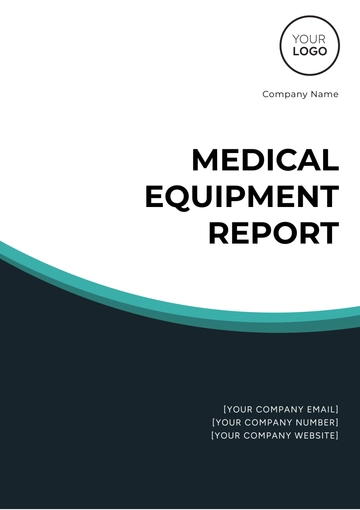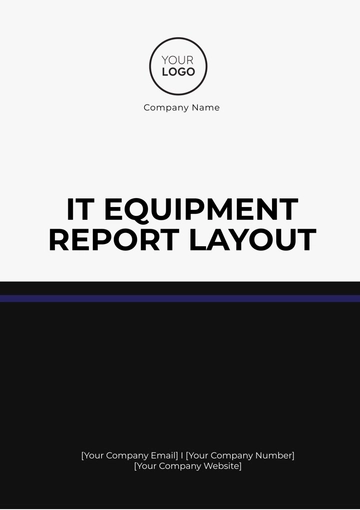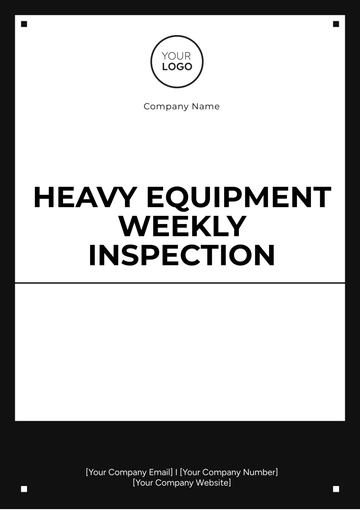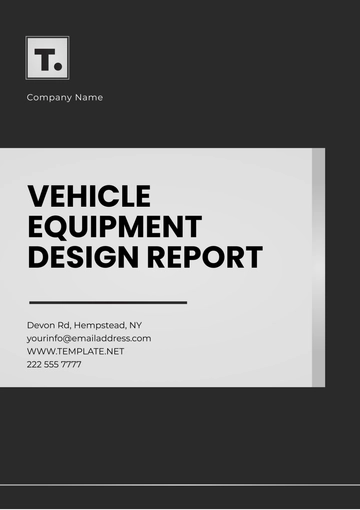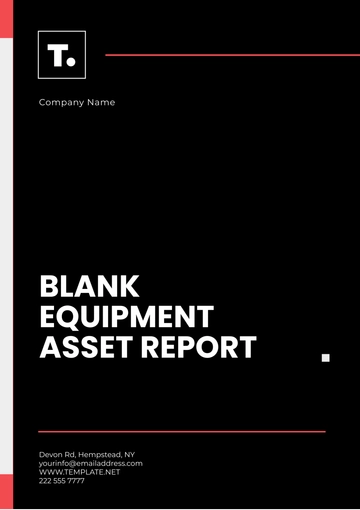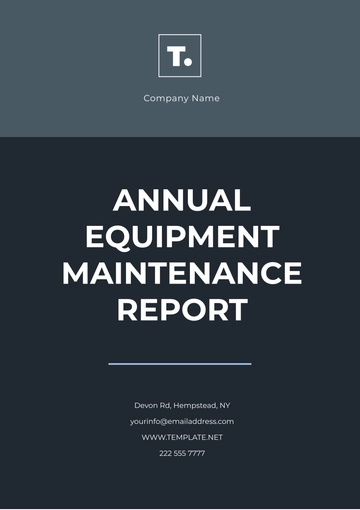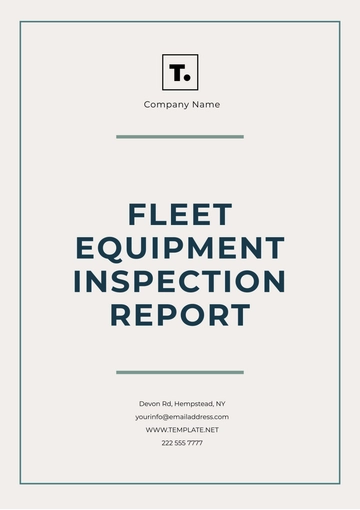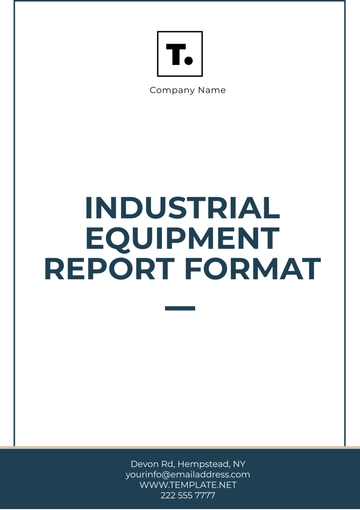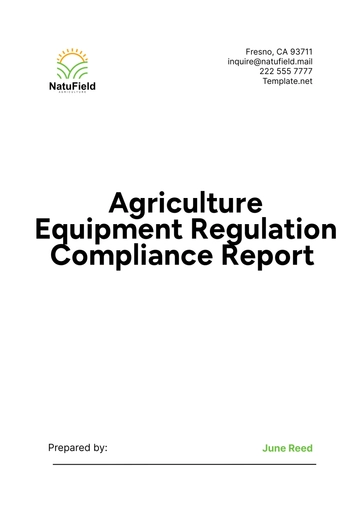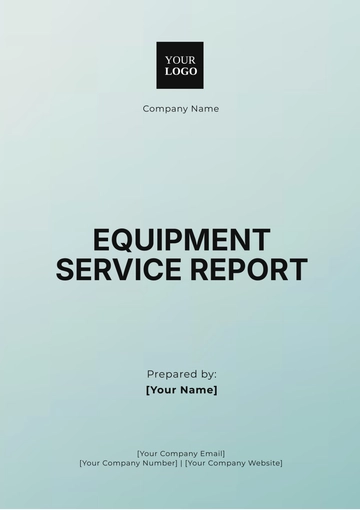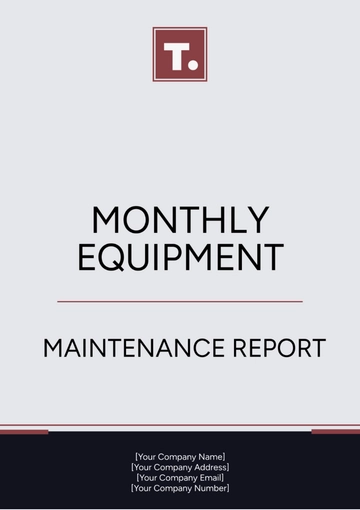Medical Equipment Report
Prepared By | Company | Date Prepared |
|---|
[Your Name] | [Your Company Name] | [DATE] |
I. Diagnostic Equipment
A. Imaging Devices
Imaging devices are crucial in modern healthcare for the visualization, analysis, and treatment of various medical conditions. These devices include:
B. Monitoring Equipment
Monitoring equipment is essential for tracking the vital signs and overall condition of patients. Common monitoring equipment includes:
II. Therapeutic Equipment
A. Infusion Devices
Infusion devices are used to administer fluids, medications, and nutrients directly into a patient's bloodstream. These devices include:
Intravenous (IV) Pumps
Syringe Pumps
B. Respiratory Devices
Respiratory devices assist patients who have difficulty breathing. Some of the key respiratory devices are:
III. Surgical Equipment
A. Cutting Instruments
Cutting instruments are fundamental in surgical procedures to make incisions and dissect tissues. Examples are:
Scalpels
Scissors
Bone Saws
B. Clamping and Occluding Instruments
These instruments are employed to control blood flow by clamping vessels or tissue. Examples include:
Hemostats
Artery Forceps
Bulldog Clamps
IV. Durable Medical Equipment (DME)
A. Mobility Aids
Mobility aids help patients to move around. Common types include:
Wheelchairs
Walkers
Crutches
Cane
B. Hospital Beds
Hospital beds are designed to provide optimal comfort and care to patients. They feature:
V. Laboratory Equipment
A. Analytical Instruments
These instruments are used for analyzing patient samples and conducting research. Key devices include:
Blood Analyzers
Microscopes
Centrifuges
B. Consumables and Supplies
Laboratory consumables and supplies are essential for daily operations. These include:
Test Tubes
Pipettes and Tips
Petri Dishes
VI. Maintenance and Safety
A. Regular Maintenance
It is crucial to ensure that all medical equipment undergoes regular maintenance to operate efficiently and safely. This involves:
Scheduled Inspections
Technical Calibrations
Software Updates
B. Safety Protocols
Adhering to safety protocols is essential to prevent accidents and malfunctions. Key areas include:
Report Templates @ Template.net
